INTRODUCTION
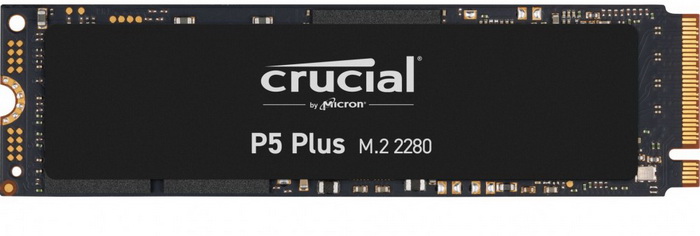
Under normal circumstances the recent unveiling of the very first enterprise and consumer PCIe 5.0 (Gen5) M.2 NVMe SSD models should in a way "threaten" the performance dominance of PCIe 4.0 (Gen4) SSDs but seeing that we don't even have motherboards that support that standard yet (at least not in the consumer market) this is obviously not the case. However even if that was the case the dominant standard in the market currently is still as expected PCIe 3.0 (Gen3) with PCIe 4.0 (Gen4) actually being used by a rather small percentage of the consumer base (PS5 owners included). So even though we can expect more PCIe 5.0 (Gen5) models to make their appearance in 2022 it's clear that both PCIe 3.0 (Gen3) and PCIe 4.0 (Gen4) models aren't going anywhere. Crucial last year released their very first (and only to date) PCIe 4.0 (Gen4) M.3 NVMe SSD, the P5 Plus the 2TB variant of which landed on my desk a while back.
Crucial is a global brand of Micron Technology, Inc. Crucial solid-state drives (SSDs) and memory (DRAM) upgrades are compatible with over 100,000 new and old desktops, laptops, workstations and servers. Crucial Ballistix memory delivers a performance edge to gamers, enthusiasts and power users. Available worldwide at leading retail and e-tail stores, commercial resellers and system integrators, Crucial products enhance system performance and user productivity. Learn more at crucial.com.
The P5 Plus M.2 NVMe SSD by Crucial is currently available in 500GB/1TB/2TB capacities and just like with their P5 model (review here) it features their very own 8-channel NAND flash controller which they've paired with Micron’s new and improved B47R 176-layer 3D TLC NAND flash and 2GB of LPDDR4 DRAM (1GB for the 500GB/1TB models). The in-house 8-channel NAND flash controller used with the P5 Plus sports numerous technologies for optimal performance and durability including Dynamic Write Acceleration (SLC cache), low-density parity check (LDPC - ECC), active garbage collection, TRIM, SMART, device sleep, power loss immunity, NVMe autonomous power state transition (APST) and adaptive thermal protection (throttles performance when NAND temperatures exceed 70 degrees) and comes ready with full support for TCG Opal 2.0. As for durability/endurance Crucial reports MTTF of 2 million hours together with 300TBW for the 500GB model, 600TBW for the 1TB model and 1200TBW for the 2TB model. So, time to find out exactly how well the P5 Plus 2TB does.
SPECIFICATIONS AND FEATURES

PACKAGING AND CONTENTS
Crucial uses their classic box to ship the new P5 Plus line in so at the front you can see their logo, the product name and of course the capacity.
At the rear Crucial mentions all the "extras" consumers will benefit from by getting a P5 Plus SSD.
Along with the drive and the quick start guide inside the box you'll also find an M.2 screw.
THE P5 PLUS 2TB
Just like the P5 the P5 Plus follows the typical 2280 standard (22mm in width and 80mm in length) and comes with a black sticker on top.
Beneath the sticker we find their in-house 8-channel NAND flash controller along with three 176-layer 3D TLC NAND flash modules by Micron and an 2GB LDDR4 SDRAM module.
The opposite side of the PCB is completely empty and has 2 stickers on it with information and numerous certifications about the drive.
TEST BED
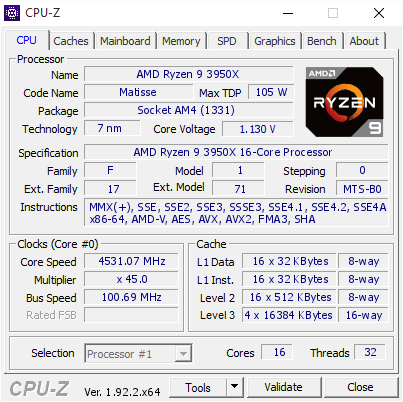

TESTING METHODOLOGY
Not long after I first started testing SSDs back in 2008, I concluded that it's almost impossible for any single benchmark suite to accurately measure their performance and that's why in certain benchmark suites we see amazing read/write performance numbers with some drives while in others things are quite different. The reason behind this is that some benchmarking suites are configured to read and write random chunks of data while others read and write constant (sequential) ones. So that's why i always use a very wide selection of benchmarking suites including AIDA64, HD Tach RW, HD Tune Pro, Crystal Disk Mark, Sisoftware Sandra Pro, AS SSD, IOmeter and ATTO. To get the most accurate results each test gets repeated a total of 6 times with the average performance numbers recorded into our charts*. Also, as of February 25th 2015 our results will also include the Storage Networking Industry Association’s (SNIA) IOMeter tests. These tests include a 12 Hour write test used to “simulate” performance degradation over time and a mixed workload test which basically shows what you can expect when using an SSD continuously for roughly two hours. Unfortunately, due to the time required for these tests we repeat them a total of 3 times and not 6 as the above.
Many people have made inquiries about our charts in the past so once again please do keep in mind that the Charts have the average performance numbers of each drive recorded and not the peak (highest) ones. Also, although every single one of these programs can help potential buyers choose the right drive for their needs you should also remember that from any kind of benchmark up to real world usage the gap is not small (and usually most differences will go unnoticed by most people). All tests were performed in a fresh Windows 10 Pro x64 installation complete with every update up to the date of this review.
* Since November 2018 the SSD comparison charts have been divided to 2.5” and M.2 models to reduce their growing size.
** Unless stated otherwise the Ryzen 9 3950x based Test Rig used for M.2 Gen 4 SSD reviews is not located in the lab.
*** As of January 2021 for Gen 3x4 models I’ll be using the Core i9-7980XE test rig (after numerous tests the up to 6% difference in read & write performance compared to the i7-6700 system simply wasn’t enough to justify having an extra test rig around).
TEST RESULTS - AIDA64 / ATTO


TEST RESULTS - HD TACH RW / HD TUNE PRO


TEST RESULTS - SISOFTWARE SANDRA PRO / CRYSTAL DISK MARK
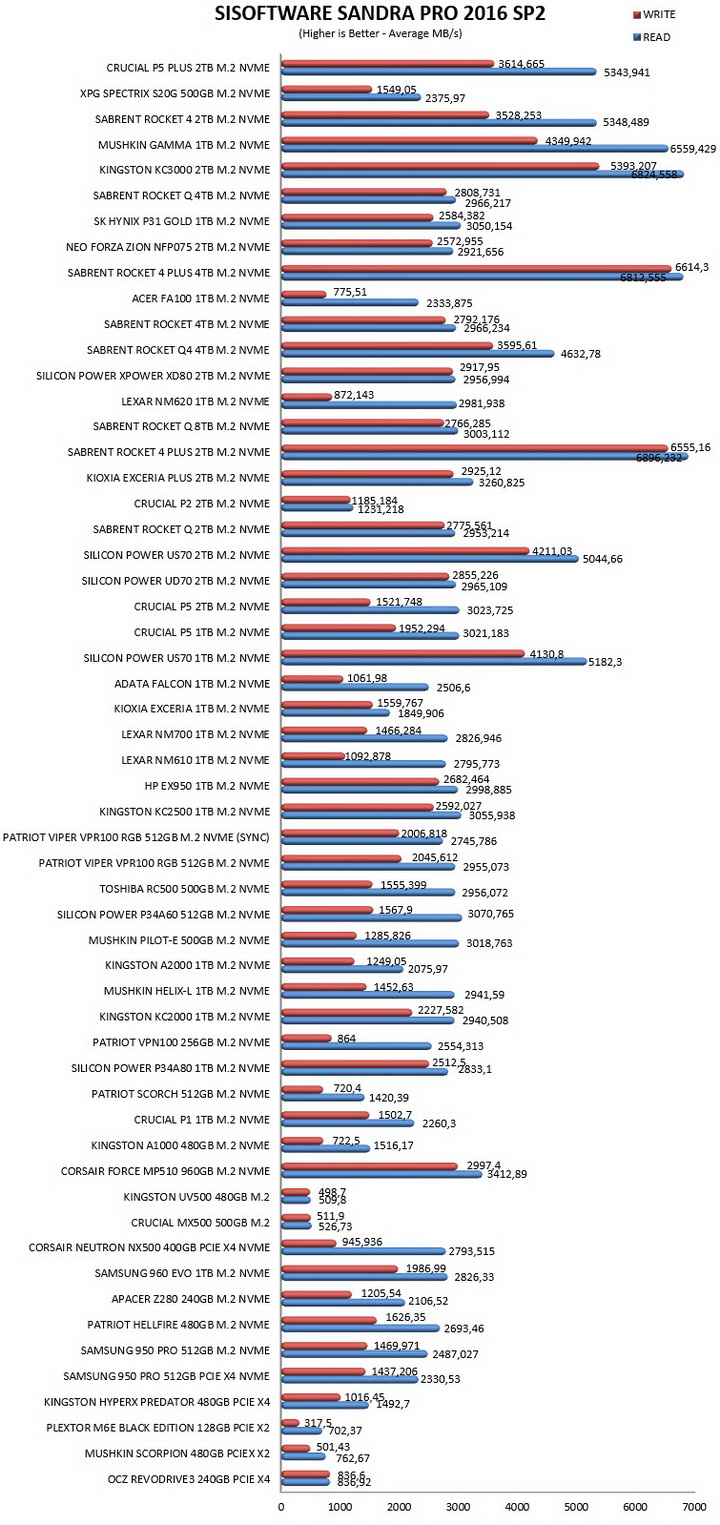

TEST RESULTS - AS SSD / IOMETER

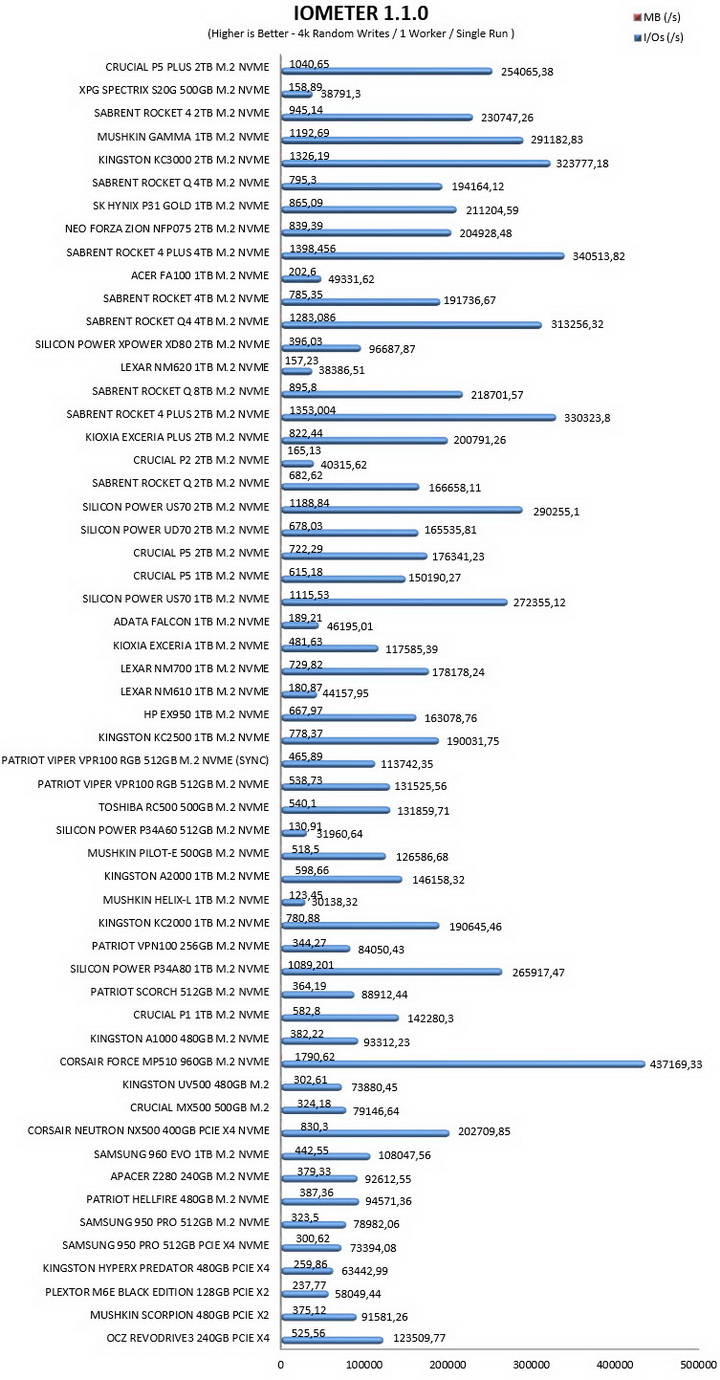
TEST RESULTS - IOMETER SNIA
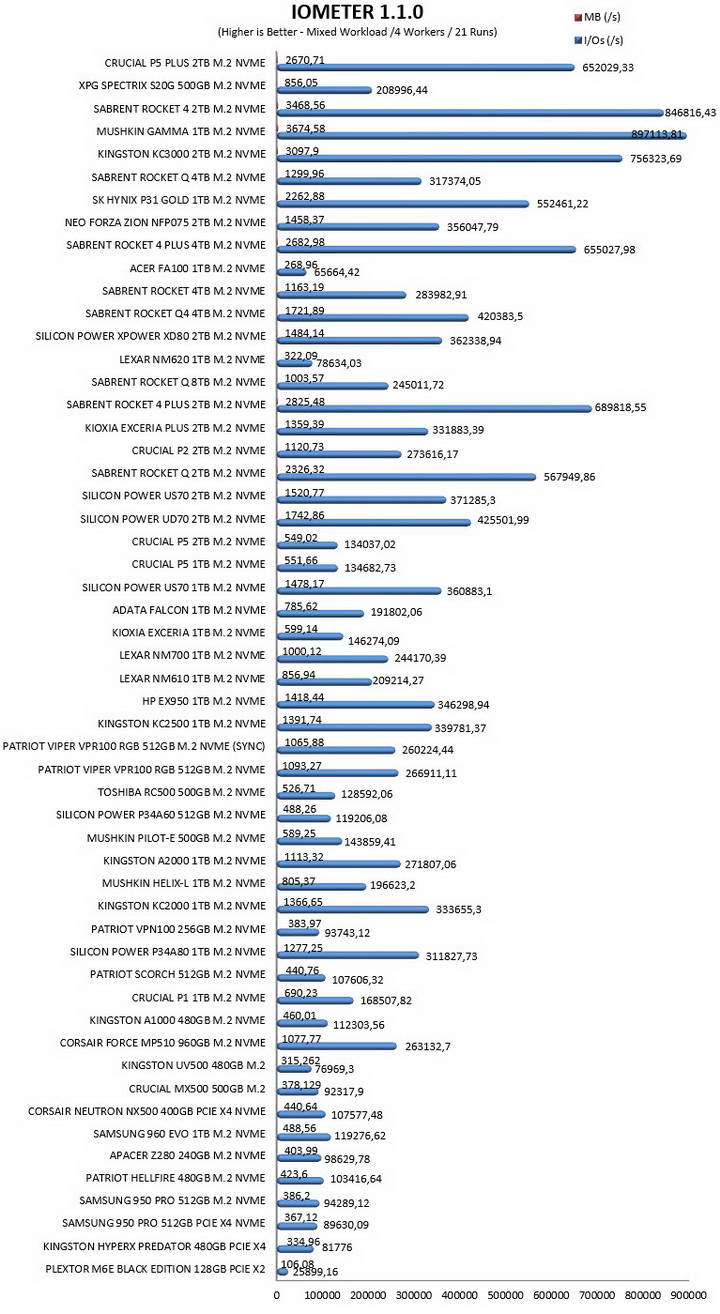
CONCLUSION
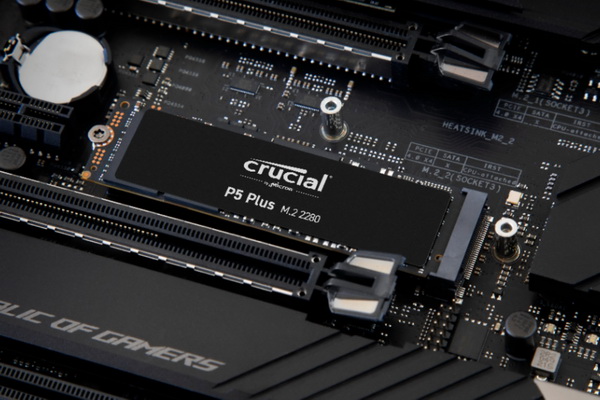
With advertised read and write numbers reaching 6600MB/s and 5000MB/s for the P5 Plus 2TB model it was clear even before i started my tests that Crucial didn’t aim to have the fastest PCIe 4.0 (Gen4) M.2 NVMe SSD in the market (the drive behaves very well however and easily goes up against other PCIe 4.0 models). The same of course can be said about durability/endurance since with a TBW of 1200 the P5 Plus 2TB once again lags behind several other PCIe 4.0 (Gen4) models (still, a TBW of 1200 should be more than just plenty for just about any use – CHIA mining not included). So everything points to Crucial going after the sweet spot between performance and durability (perhaps even cost) with their newest P5 Plus line of PCIe 4.0 (Gen4) M.2 NVMe SSDs.
As i type these lines the P5 Plus 2TB PCIe 4.0 (Gen4) M.2 NVMe SSD by Crucial retails for USD319.99 inside the USA (Amazon.com) and for 296.58Euros inside the EU (Amazon.de) a price tag that puts it right in the middle of many similar models. This of course means that even though it doesn’t quite feature the price/performance ratio i was hoping it would it's still priced very competitive and should easily win over potential buyers. Overall, the Crucial P5 Plus 2TB delivers both in terms of speed and durability and it's also priced just about right which is why it gets the Golden Award.

PROS
- Very Good Performance (Up to 6000MB/s Read & 5000MB/s Write)
- Endurance / Durability (1200TBW / 2 Million Hours MTTF)
- 5 Year Limited Warranty
- Price (For Some)
CONS
- Thermal Throttling (During SNIA Tests)
- Only Up To 2TB

 O-Sense
O-Sense





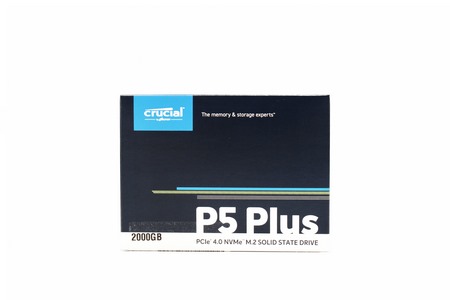
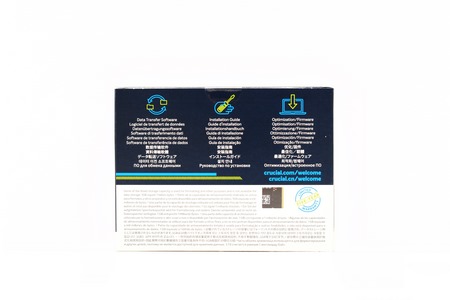
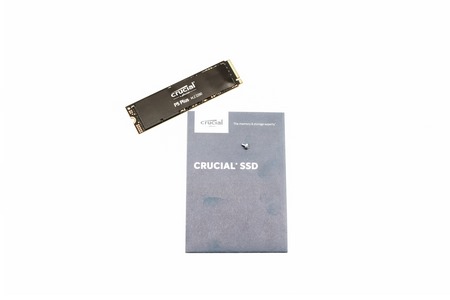
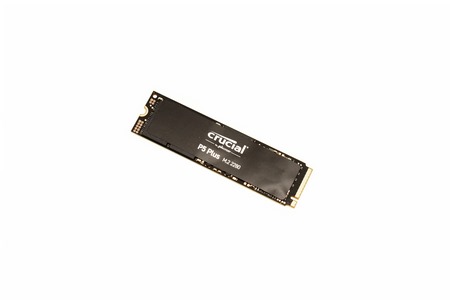
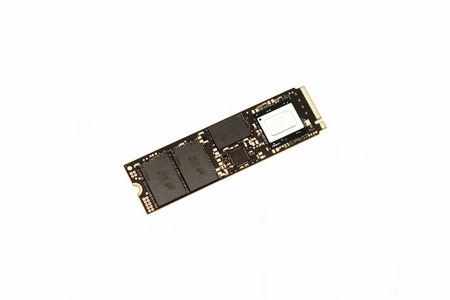
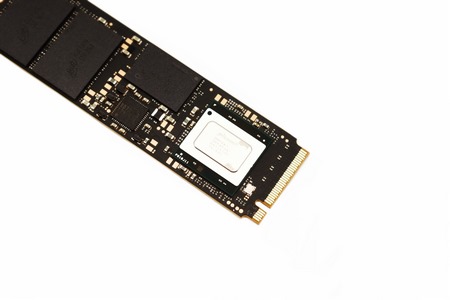
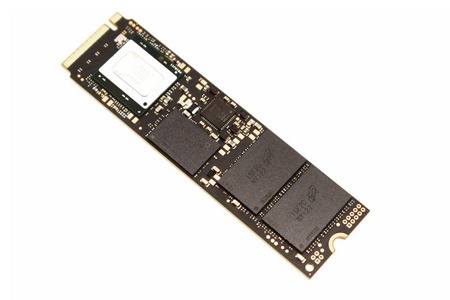
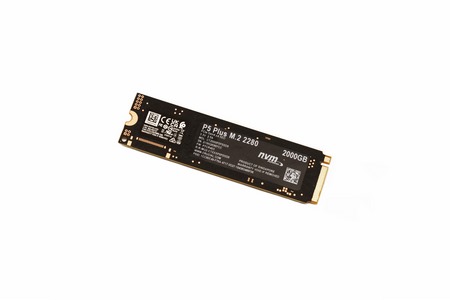
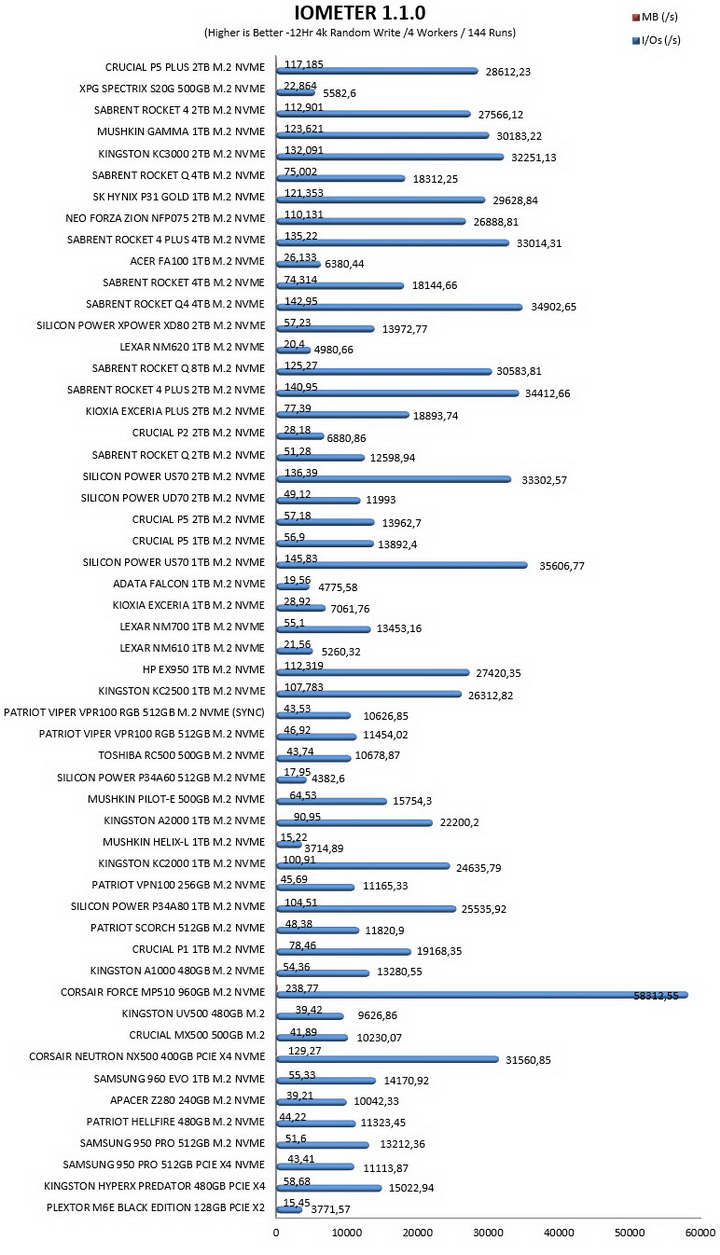
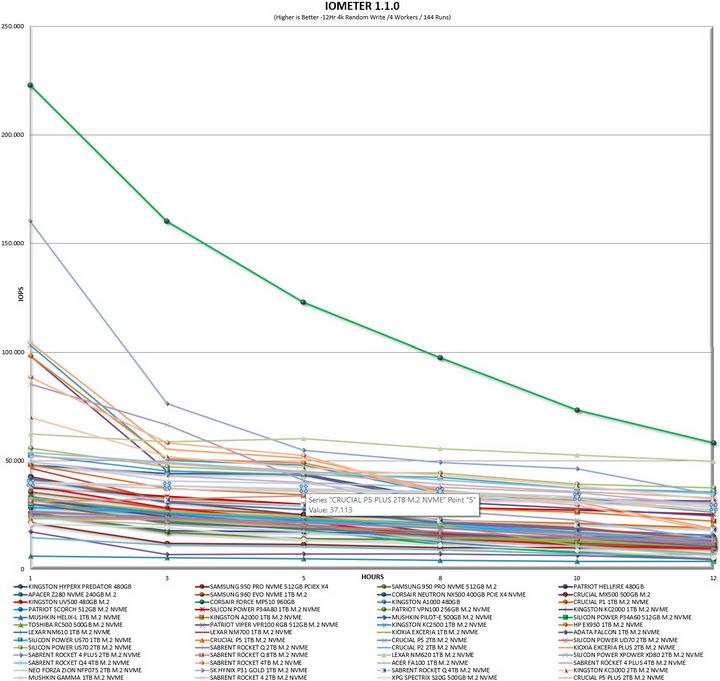


.png)

